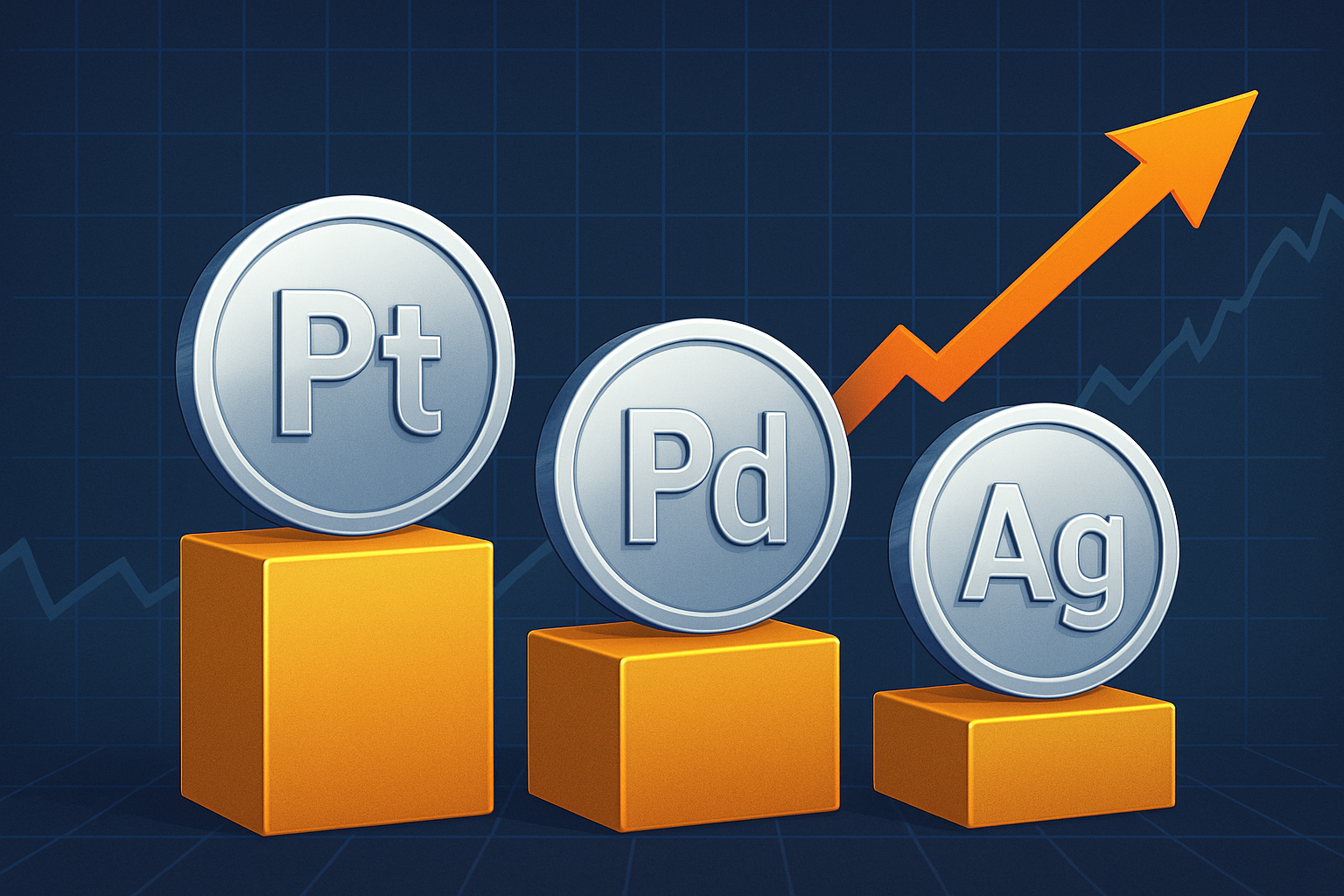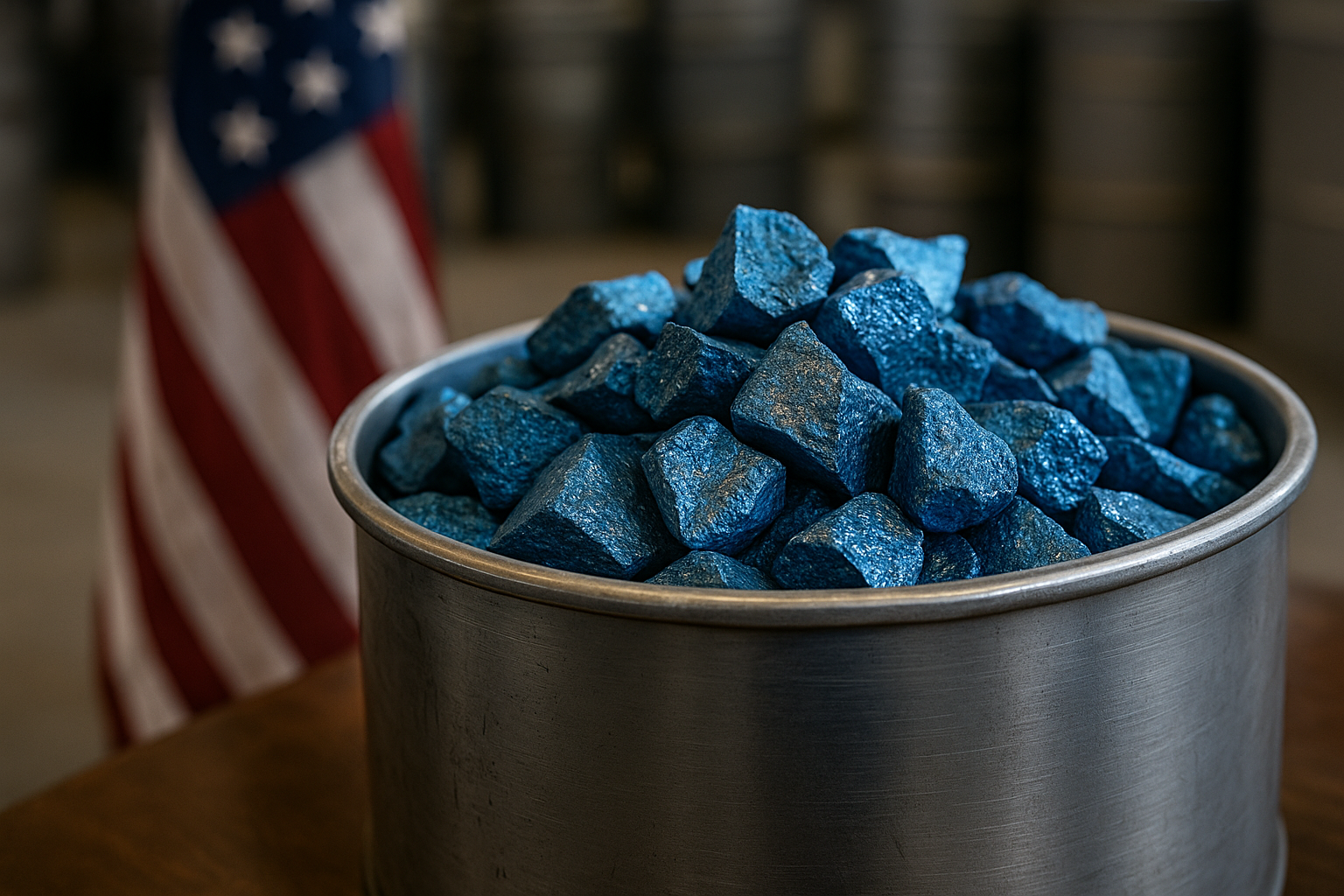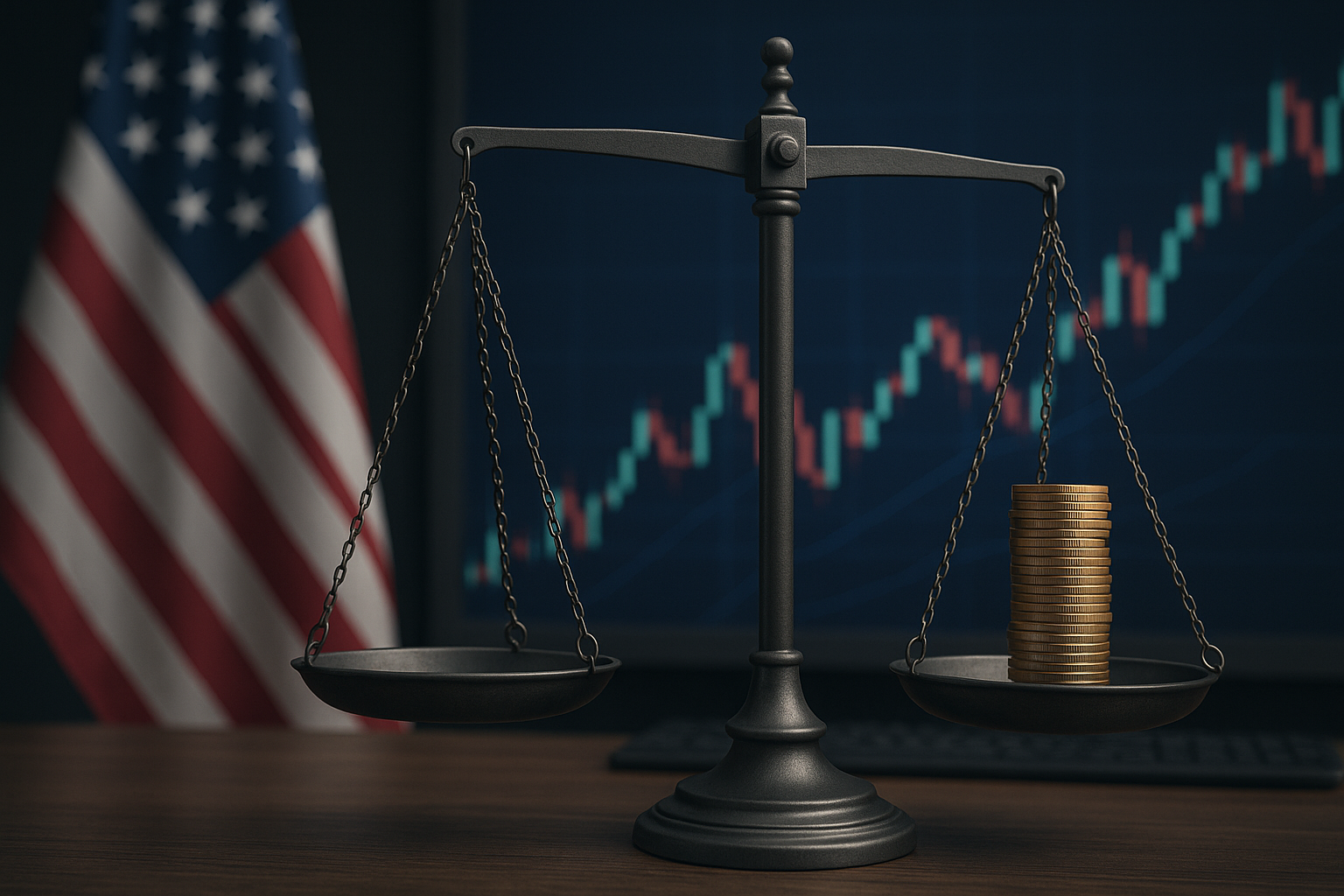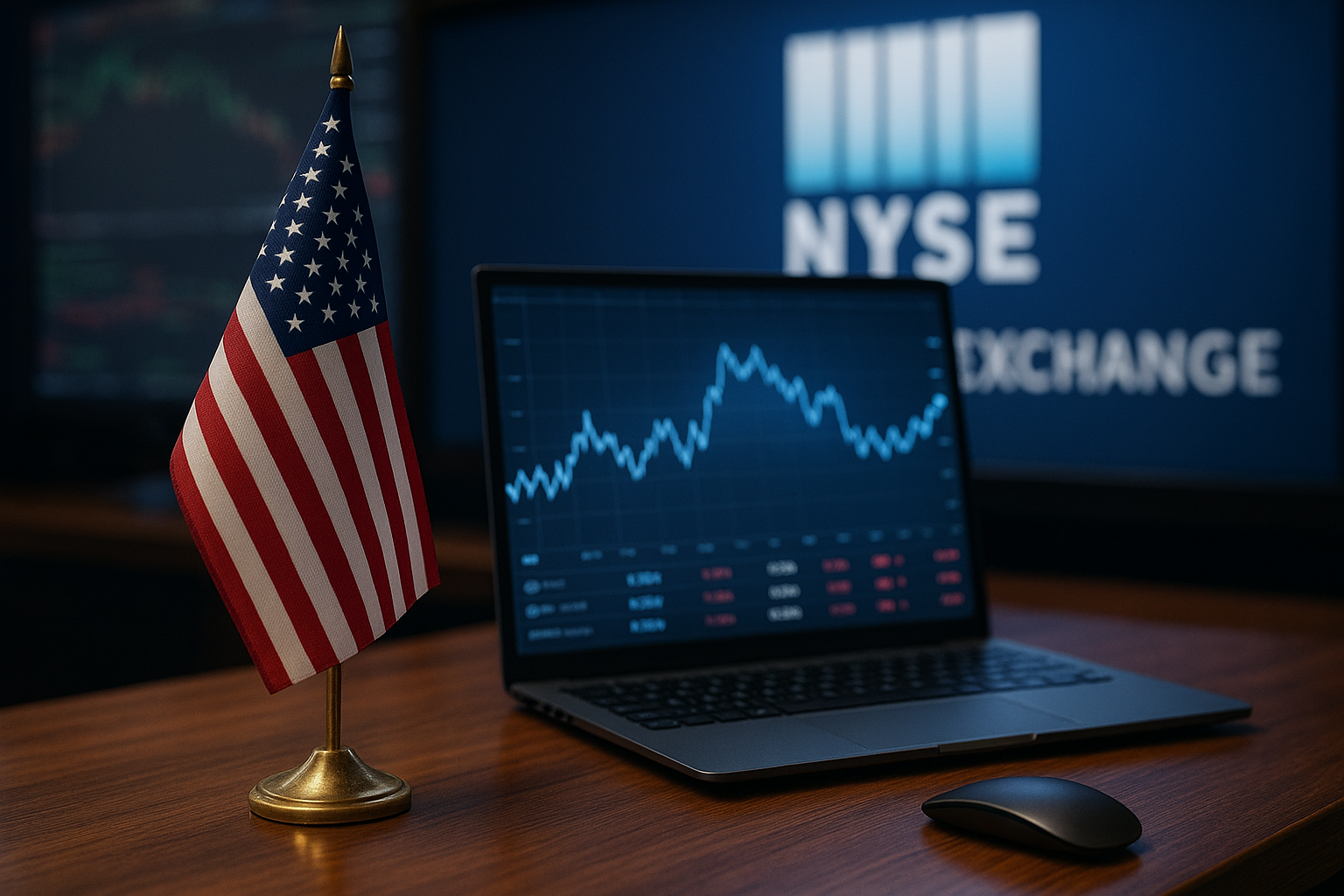As inflationary pressures remain stubbornly elevated and geopolitical trade conditions show signs of stabilization, investor attention is increasingly shifting toward white precious metals—silver, platinum, and palladium. These metals, often overshadowed by gold in mainstream headlines, are now finding renewed favor as portfolio diversifiers and inflation hedges.
Macro Tailwinds Driving Demand
Silver has climbed in recent weeks, supported by its dual role as both a precious and industrial metal. Bloomberg data indicates silver futures are up roughly 6% over the past month, buoyed by stronger manufacturing sentiment and its use in solar panel production, a sector benefiting from clean energy policy tailwinds.
Platinum and palladium, meanwhile, are drawing renewed interest due to their critical role in automotive catalytic converters and potential supply constraints. The World Platinum Investment Council recently noted that platinum supply deficits could persist into 2026 if mining challenges in South Africa and Russia continue. Palladium, despite price volatility, remains essential in emissions-reduction technology—a demand stream unlikely to fade quickly given tightening environmental standards in major markets.
Why This Matters for Investors
Unlike gold, which has been trading sideways amid shifting interest rate expectations, white metals offer a more diversified set of demand drivers—industrial consumption, investment demand, and potential supply shocks. Trustnet analysis highlights that investors are increasingly positioning in diversified precious metals ETFs, with white metals allocation at its highest proportion since 2021.
In an environment where inflation continues to run above central bank targets, these metals can act as partial inflation hedges while also providing exposure to industrial growth themes. This is particularly relevant as the U.S.–China tariff truce extension eases trade uncertainty, potentially improving global manufacturing sentiment and, by extension, industrial metals demand.
Future Trends to Watch
- Green Transition Demand: Silver’s role in photovoltaic cells is expected to grow, with the Silver Institute forecasting record solar demand in 2025.
- Automotive Market Recovery: Platinum and palladium may benefit from a rebound in auto production, especially in hybrid and internal combustion segments.
- Supply Risk Premium: Concentrated supply chains—especially for platinum group metals—could keep prices elevated if geopolitical or operational disruptions occur.
- Monetary Policy Impact: A softer U.S. dollar, if the Federal Reserve signals dovish shifts after upcoming CPI data, could further support precious metals broadly.
Key Investment Insight
Investors seeking exposure might consider:
- ETFs tracking diversified precious metals baskets rather than single-metal plays, to balance volatility.
- Miners with high leverage to silver, platinum, and palladium prices, particularly those with diversified geographic operations to mitigate regional risk.
- Tactical allocations as part of a broader inflation-protection strategy—especially in scenarios where gold’s performance remains muted but industrial metal demand remains robust.
With inflation risks still lingering and trade-related optimism tentatively improving, white metals could be well-positioned for selective upside. As the macro backdrop evolves, monitoring both commodity market signals and policy shifts will be key to capitalizing on potential gains in this niche yet strategically significant segment of the metals market.
Stay informed with MoneyNews.Today for daily updates and actionable insights that help investors navigate shifting macroeconomic and market dynamics.





